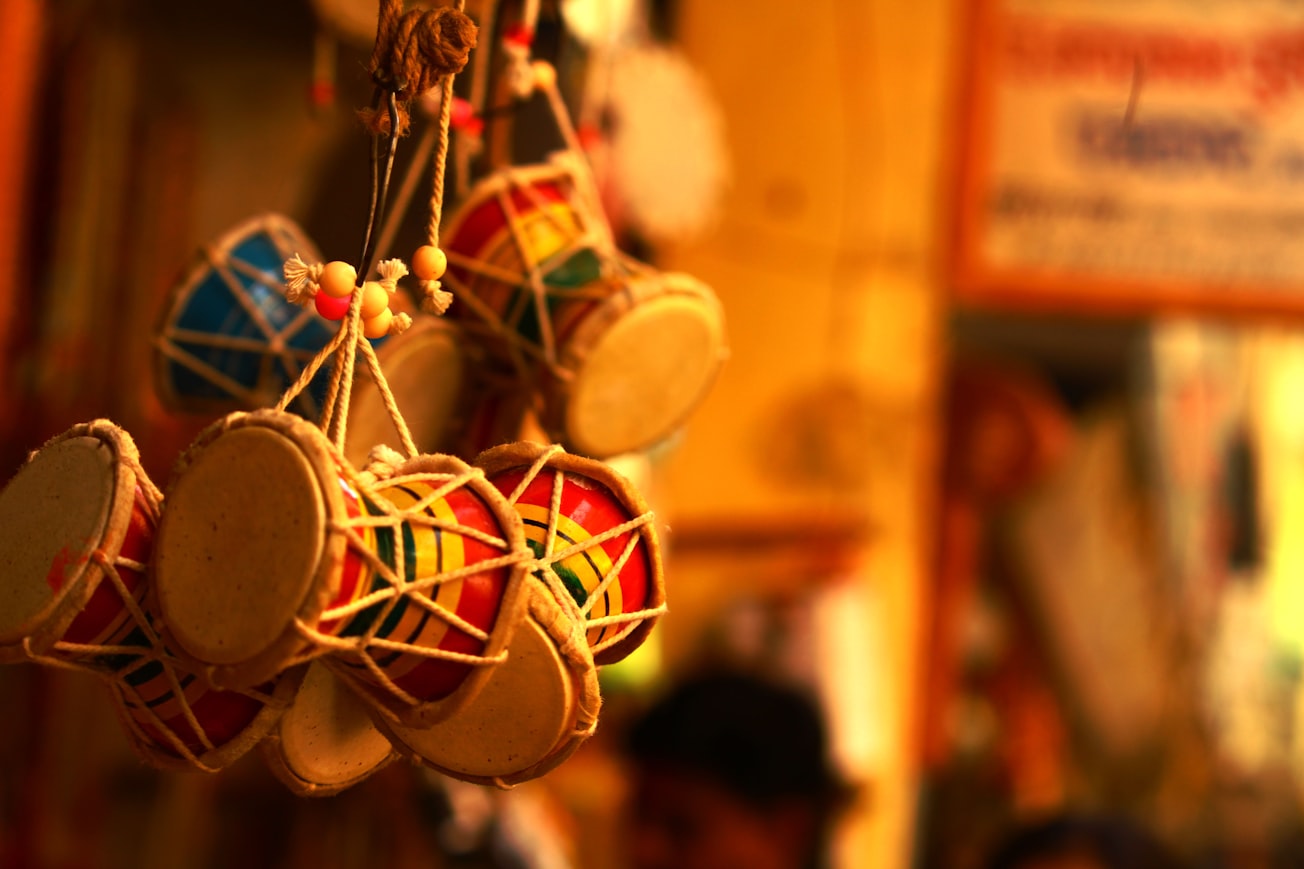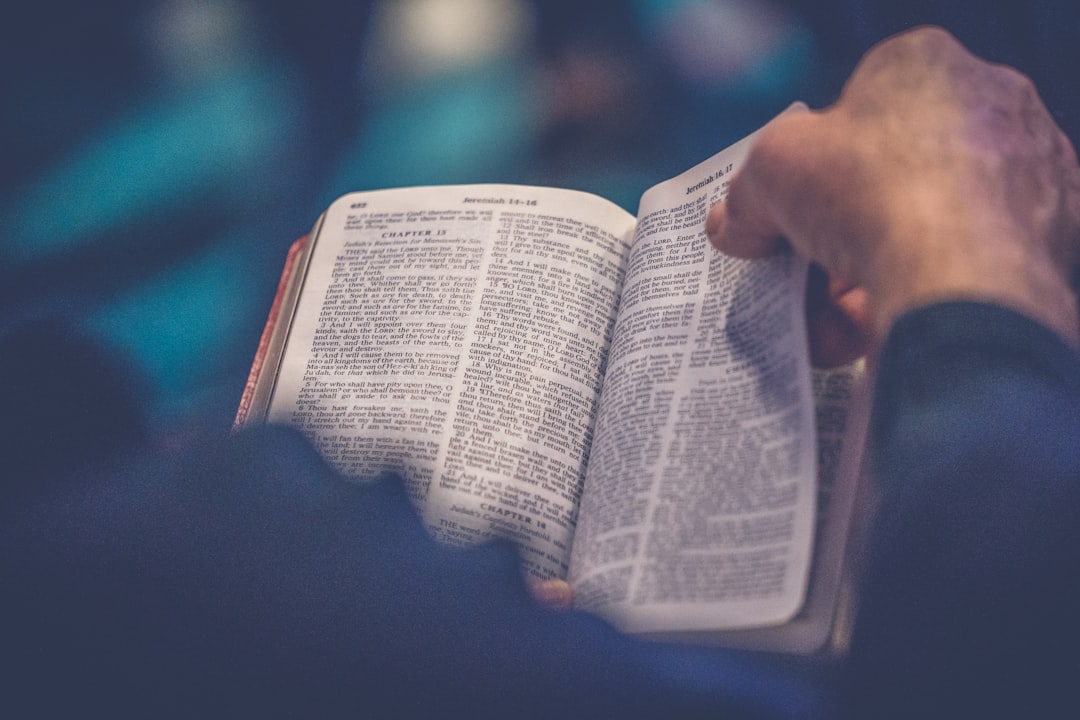What is it about?
This article examines the evolution of the religious ideas of the Pokot, a Kalenjin group living in northwestern Kenya. It shows that the religion of the Pokot like that of the other African communities in the pre-colonial period was not static as often portrayed. It changed as a result of interaction with other neighbours. The Pokot were originally an agro-pastoral group living on the slopes of the Cherangany and Sekerr ranges. However, a section descended from the hills during their history to pursue a pure pastoral lifestyle on the lowland plains. Pastoralism brought them into contact with plain Nilotes, especially the Karimojong. This led to interactions that influenced their religious ideas. This article examines not only the manner of these influences but also the outcome of these influences on the religious culture of the Pokot.
Featured Image

Photo by rashmi bhatia on Unsplash
Why is it important?
This article is important in the study of African religion because of two reasons; first, it negates the long-held belief that African indigenous religions were static and ahistorical. Secondly, it negates the assumption that the Pokot were polytheists by demonstrating that the many names for the idea of God reflected the shifting characteristics of the concept of God brought about by interaction with their neighbours.
Perspectives
Writing this article allowed me to clarify misconceptions about the religion of the Pokot that have persisted in scholarship since the 1950s. I feel happy to have contributed to the agenda of decolonization of the knowledge of African culture and religion.
Dr. Karani Shiyuka
Kenyatta University
Read the Original
This page is a summary of: The Transformation of the Religious thought of the Pokot of Northwestern Kenya, c.1800–1900, Journal of Religion in Africa, September 2022, Brill,
DOI: 10.1163/15700666-12340239.
You can read the full text:
Contributors
The following have contributed to this page










